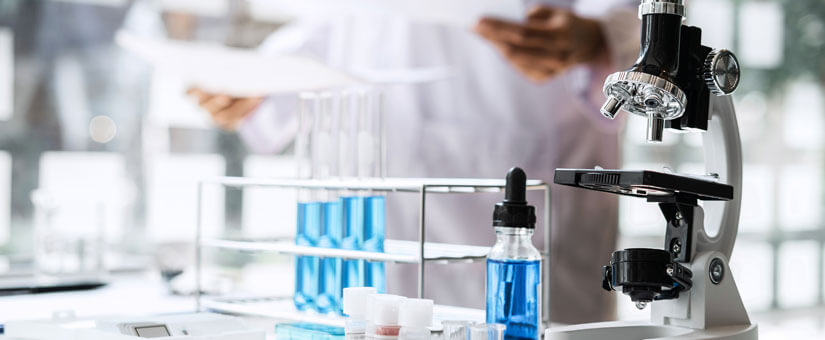I was never certain where Colonel H. got our name. We were just starting out as a small company at the time with limited contacts, but he had heard about us from someone and wanted Solomon Park to make a proficiency testing program for him (for him meant the US Army clinical laboratory system in the US and in Europe). He wanted his laboratories, which used a large number of different instruments and reagent systems, to be standardized across all posts. He needed a system that delivered a product that was commutable across systems and reagents and that could be assigned a reference value for the analytes he was interested in standardizing, which at that time were the lipids. He wanted serum produced by the C37-A procedure that was still in the planning stages by the Centers for Disease Control and Prevention (CDC) and other agencies interested in a commutable serum system.
I must say I was very pleased with this request as I had been in the Army as a young man and had in fact worked in a clinical chemistry laboratory while there. It was, in fact, where I had met my wife who, with me, had started our laboratory.
What the Colonel wanted was nothing short of what the CDC at that time already called a Cholesterol Certification program. We needed to produce six levels of serum with a wide range of total, HDL and LDL cholesterol drawn on a Sunday and shipped to around 80 Army laboratories the following day. There were about a dozen labs in Europe and the Colonel had a logistics specialist in Germany that was to receive the 12 kits for European distribution sent to him in one very large refrigerated container and then he shipped them on to these labs by UPS in Europe. It was an immensely successful program and the Colonel often had me join him on conference calls to the manufacturers who had provided equipment or reagents that failed to make the cut when the bases were all compared to the reference values for the lipids which were obtained from one of the CDC’s lipid reference labs. Being on the receiving end on one of these conference calls with Colonel H. was not a place you wanted to be (anyone out there that had been in the Army in the 60s or 70s and knew some of the WWII left over officers will know what I mean) and the recipient often tried to blame the materials that they received for the failure of their systems to produce correct results. My job was to explain to them how we had made the pools which usually ended that avenue for any excuse.
On January 17, 1991, the United States under the first George Bush began an aerial and naval bombardment named Desert Storm on the Iraqi forces in Kuwait. By the end of that month, Colonel H’s program was ended as the US Army turned its attention and resources to the logistics of the war. After the war was over, the Colonel was in retirement and his replacement had no great interest in continuing the program. But it was a wonderful program and one that gave our small lab a feeling of doing something quite laudable. We still do that program and several variations of it—but all with some form of the C37-A procedure. Thank you, Colonel H., wherever you are.

